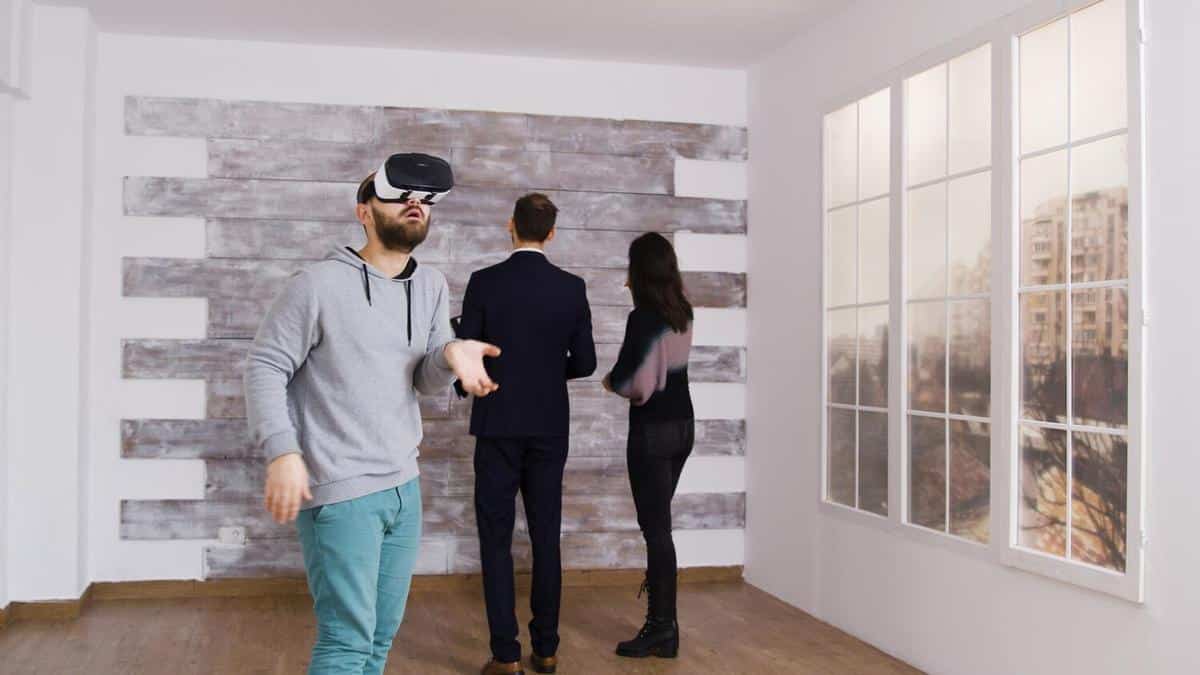
How VR is Revolutionizing Real Estate Tours
Virtual reality (VR) is making waves across various industries, and real estate is no exception. As technology evolves, the way we buy and sell homes is transforming, offering more immersive and convenient experiences for both buyers and sellers.
Virtual reality is revolutionizing real estate tours by offering potential buyers an immersive experience that traditional methods simply can’t match. This technological advancement allows clients to explore properties from the comfort of their own homes, saving time and effort. According to a report by Goldman Sachs, the VR market in real estate is expected to reach $2.6 billion by 2025, underscoring the significant impact VR is set to have on the industry.
The Advantages of VR in Real Estate
One of the most notable benefits of VR in real estate is the ability to provide 3D walkthroughs. This allows buyers to visualize the space more effectively, giving them a realistic sense of the property’s layout and design. “VR technology is transforming the way we view spaces,” says Michael Robinson, a real estate technology consultant. “It allows for a more detailed and engaging experience, which is crucial in making informed decisions.”
Real-World Applications
Consider the case of a busy professional who is relocating to a new city. With VR tours, they can explore multiple properties without taking time off work to travel. This convenience is a game-changer, especially in competitive markets where properties move quickly.
Actionable Tips for Implementing VR
- Invest in high-quality VR equipment: Ensure your VR tours offer a clear and immersive experience.
- Partner with VR professionals: Collaborate with experts to create seamless virtual tours.
- Integrate VR with online listings: Make your VR tours easily accessible through your website and social media.
Comparison Table: Traditional Tours vs. VR Tours
| Aspect | Traditional Tours | VR Tours |
|---|---|---|
| Convenience | Limited to specific times | Available anytime |
| Cost | Travel and time expenses | Initial tech investment |
| Reach | Local audience | Global audience |
| Engagement | Physical presence needed | Interactive experience |
| Flexibility | Fixed schedule | On-demand viewing |
| Detail | In-person viewing | 3D visualization |
| Decision-making | Multiple visits | Instant revisits |
| Safety | COVID-19 concerns | Contactless tours |
Frequently Asked Questions
Do VR tours replace in-person viewings?
While VR tours offer a comprehensive view of properties, many buyers still prefer an in-person visit before making a final decision.
What equipment is needed for VR tours?
Basic VR tours can be experienced on smartphones, but for a more immersive experience, VR headsets are recommended.
Are VR tours cost-effective for small agencies?
With the decreasing cost of VR technology, it has become more accessible for small agencies to incorporate VR into their marketing strategies.
Conclusion
In conclusion, VR technology is reshaping the real estate industry by providing innovative solutions that enhance the buying experience. As more agencies adopt this technology, the market is likely to see increased competition and improved customer satisfaction. By embracing VR, real estate professionals can offer clients a modern, efficient, and highly engaging way to explore properties. Whether you’re a buyer, seller, or agent, now is the time to consider how VR can fit into your real estate journey.